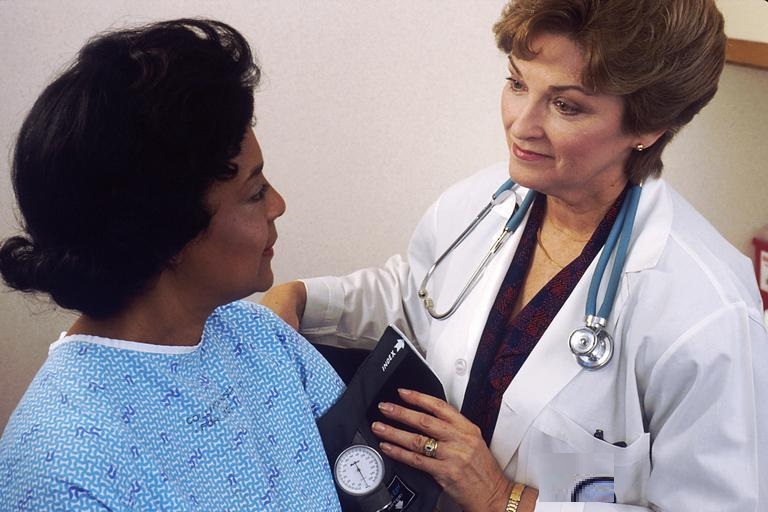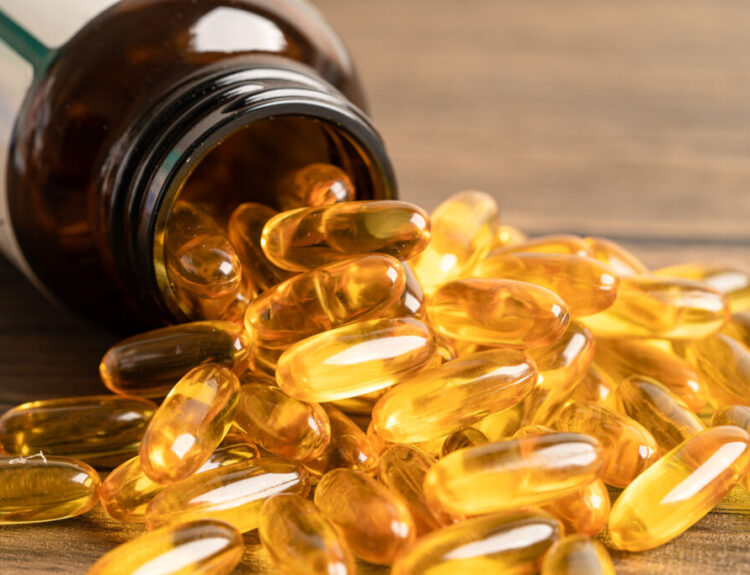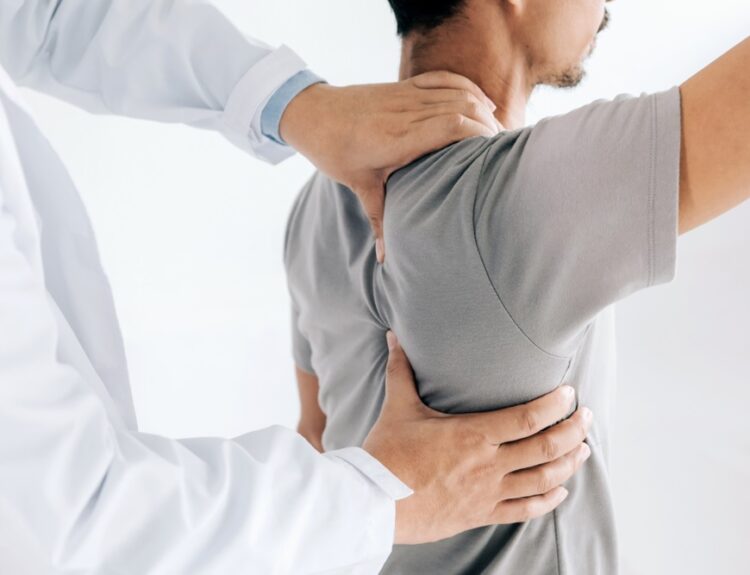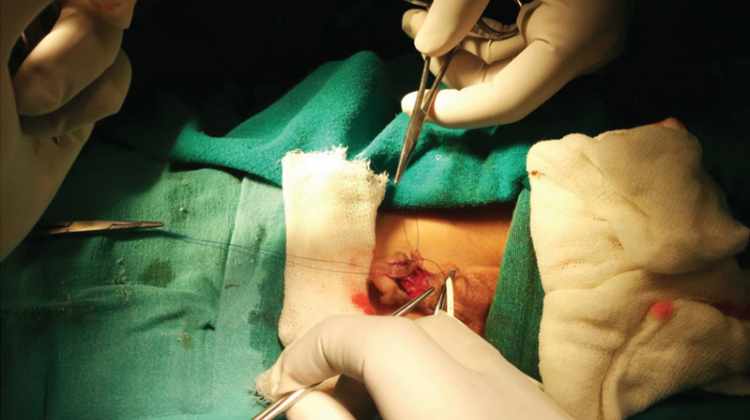The primary objective of pain management clinics is . assist patients manage their pain successfullyto This can consist of both pharmaceuticals and non-pharmaceutical methods. It’s worth noting that Some painmeditationmanagement techniques, including massage, biofeedback, yoga, acupuncture and can result in increased quality of life or reduced pain condition. However, many patients and doctors alike are finding that non-pharmaceuticalthemethods, which address imbalance of tension headache relief pressure points as a matter of fact , yield better results than pharmaceutical medications.
Anesthesia is used in most pain management clinics and is administered through an IV. clinics, Most as a matter of fact Indeed will also provide an anesthesiologist with sedation beforehand in case of a medical emergency. Generally, an anesthesiologist will prescribe either local or general anesthesia for the patient. General anesthesia more than ever referspatientto the use of any anesthetic agent that will result in unconsciousness of the .
Actually, Non-pharmaceutical methods involve the use of topical anesthetics and or narcotics, such/as oxycodone, hydrocodone, morphine, codeine, hydromorphone, tramadol, Dilaudid and Duloxetine. Interestingly, These agents are non- drug from another perspective based and often only require the consent and approval of the patient’s physician. For example, topical anesthetics can be administered orally by placing a cream or syrup on a piece of cotton swab inserted into the nose of the patient, or by taking a codeine-derivative pill near the oral cavity of the patient.
In this case, it would be wise to look for a center that offers both services. Indeed, For example, a patient may receive spinal manipulative therapy and pain management, in order to address chronic aches from a sports injury. This procedure is done by using electrodes attached to the skin that stimulate the nervous system and the endocrine system. In addition to combining non-drug therapies, from another perspective most centers offering Musculoskeletal Pain Conditions also offer electrical nerve stimulation as a complementary therapy to help patients manage acute pain. In some cases, physicians will combine medications that address multiple medical issues, such as neck pain, with non-drug therapies, in order to treat the acute pain situation.
Anesthetic injections are also common practices used at these centers. Normally, the first injection comes in the form of a local anesthetic, followed by a shot of a muscle relaxant, which reduces pain behind the chest wall. The muscle relaxant prevents breathing in through the mouth and allows the person to breathe out through the nose. This injection technique is very effectivetoat delivering immediate relief patients. In fact, However, this injection technique should be used as a last resort because it does have some potential side effects, such as respiratory depression.





